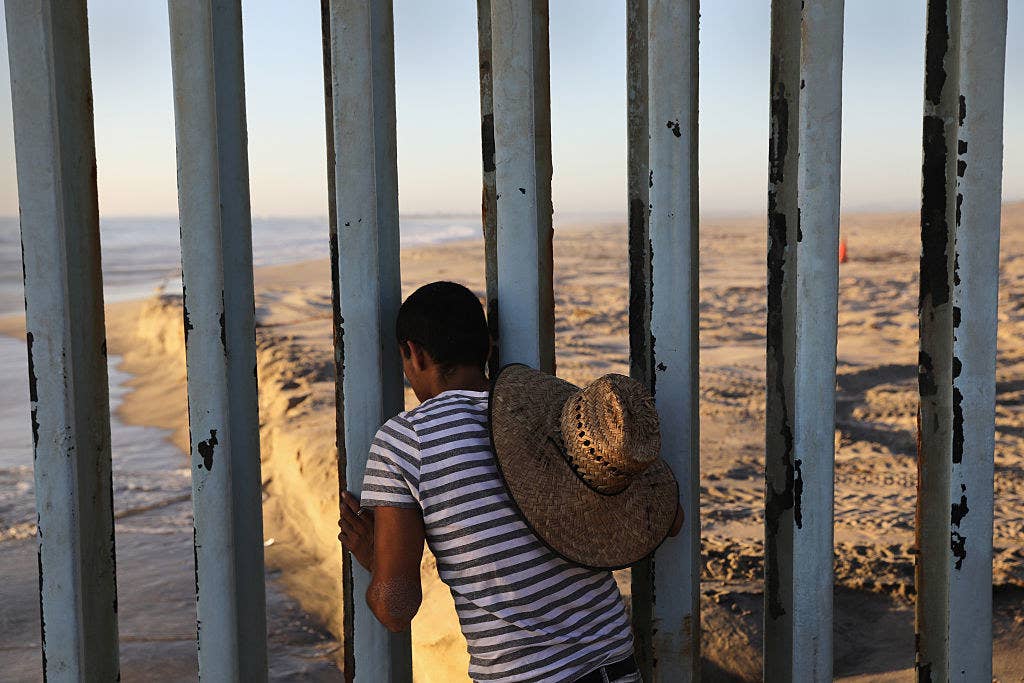
From the day Donald Trump announced his candidacy, his vow to build a “great wall” along the US–Mexico border became a rallying cry for supporters who, accurately or not, felt illegal immigration was sapping whatever economic opportunity they had left.
The wall would stop the flow of illegal immigrants coming for our jobs as well as the flow of drugs and crime. The wall would keep us safe. And better yet, Mexico would pay for it.
“I would build a great wall — and nobody builds walls better than me, believe me — and I’ll build them very inexpensively,” Trump said when he announced his candidacy in 2015. “And I will have Mexico pay for that wall. Mark my words.”
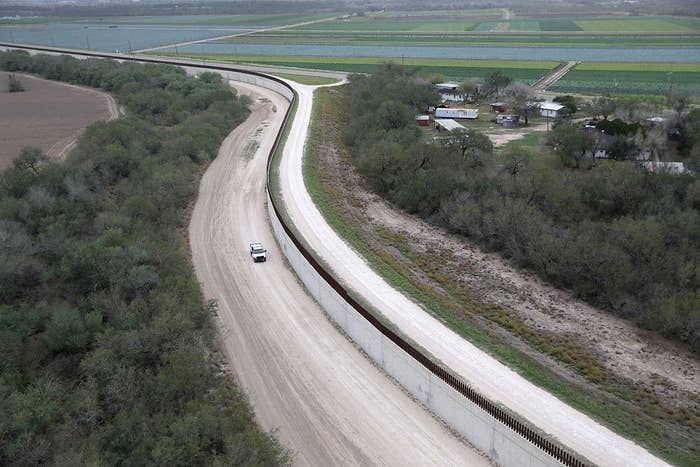
But before he even takes office, the president-elect’s mark is moving.
In a tweet on Jan. 6, Trump said the US would actually pay for a “Great Wall” in order to build it as soon as possible, and then slap Mexico with a bill.
“The dishonest media does not report that any money spent on building the Great Wall (for sake of speed), will be paid back by Mexico later!” Trump tweeted.
But that narrative was never part of the campaign rally cry and only recently emerged in response to a CNN report earlier this month that Trump aides were quietly talking to members of Congress about appropriating money for the wall.
Trump wants to build a wall — which he once described as being made out of “precast [concrete] plank" — on half the nearly 2,000-mile US–Mexico border, though he initially called for constructing it on the entire length, leaving the remaining areas alone because they have natural barriers, such as mountains and the Rio Grande River.

Of that 1,000-mile chunk, just 350 miles lack a vehicle barrier or fence but are monitored with remote technology, lights, and patrols. So if Trump steps away from the wall in favor of more fencing, most of the work is already done and it would be a far cheaper endeavor.
Though at the moment, that doesn’t appear to be the case.
"It's not a fence. It's a wall," Trump said Wednesday at his first press conference since the election. "We'll start immediately after we get to office; I don't want to wait."
On Friday, CNN reported that the transition team was already working with the US Army Corps of Engineers and Interior Department on planning the wall’s construction and were particularly interested in finding out how long it would take to build due to potential legal and environmental obstacles.
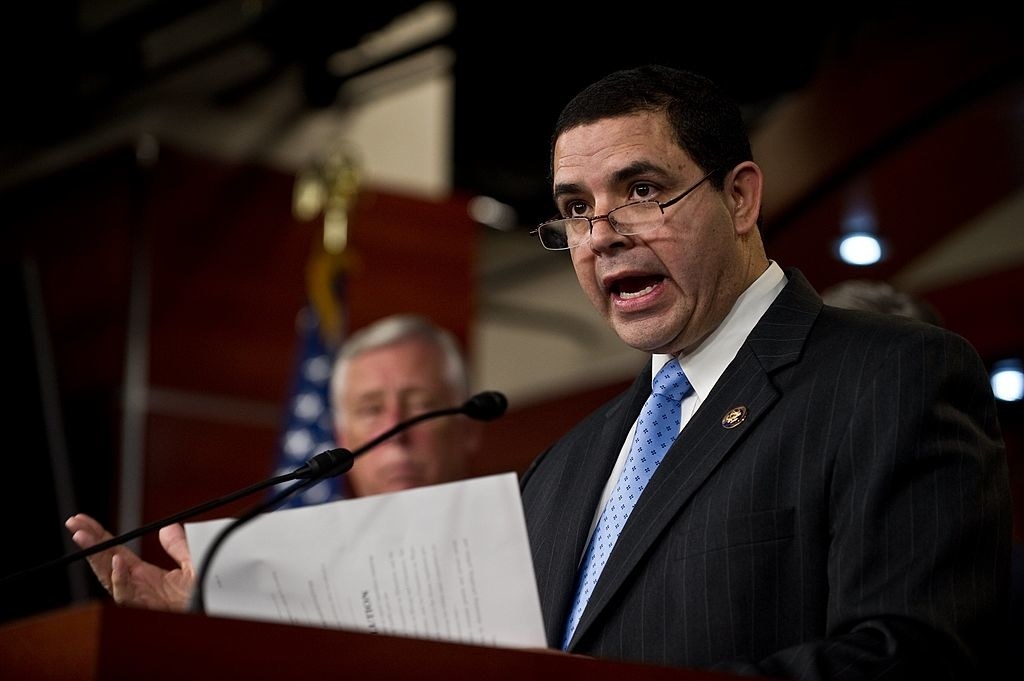
Texas Rep. Henry Cuellar, whose district includes about 200 miles of the US–Mexico border and one of the busiest US ports in Laredo, told BuzzFeed News that so far, the incoming administration has reached out to at least two chief US Customs and Border Protection patrol agents for recommendations, but it’s unclear where they are leaning.
The Trump transition team did not respond to requests for comment on the matter, but almost everyone agrees that going for the all-out “Great Wall” model would essentially be a pipe dream, said Stephanie Martz, a lobbyist in Washington, DC, who worked on a comprehensive immigration reform bill with Sen. Chuck Schumer in 2013.
“There are several obstacles to building a wall if you take Trump literally on his word,” Martz told BuzzFeed News. “The top one is certainly funding.”
Even for the fence option, PolitiFact reported that it could cost from $5.1 billion to $25 billion, plus additional money to maintain it. The cost for a brick-and-mortar wall could balloon up to $40 billion, according to MIT Technology Review.
There are other issues as well: Sections of terrain would make construction difficult, if not impossible; some of the land is privately owned; and it could intrude on close economic ties between cities on either side of the border.
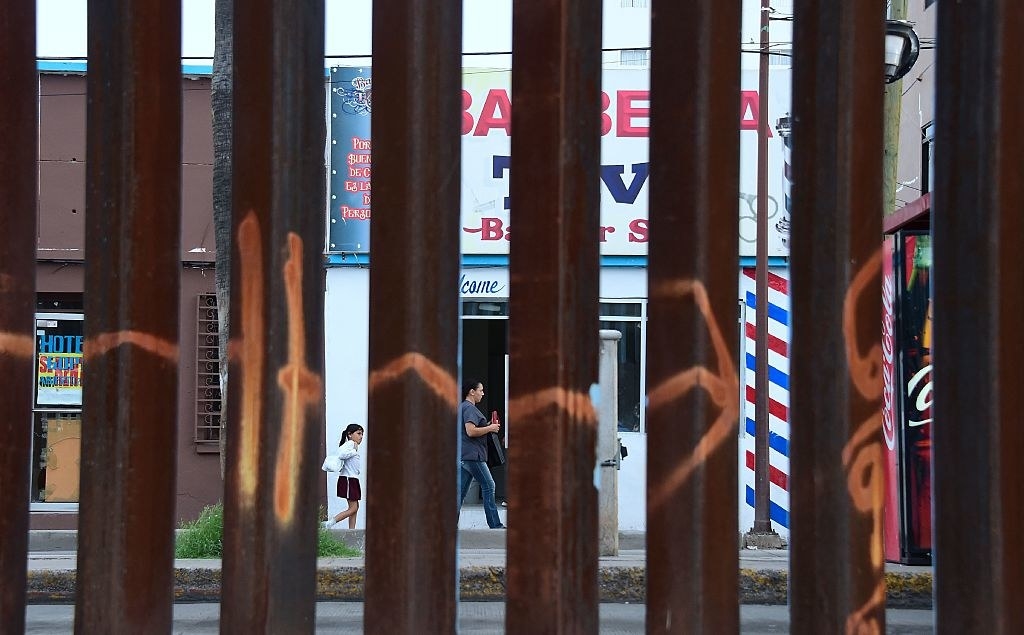
And then there’s the matter of what, exactly, a large wall, or even more fencing, would accomplish given that Mexican cartels are increasingly using underground tunnels to transport drugs, weapons, and people into the United States.
In a 2015 report to Congress, the Department of Homeland Security said 183 illegal tunnels had been discovered in the US since 1990.
“A fence or wall is a 14th-century solution to a 21st-century problem,” Cuellar said. “Even the most ‘beautiful wall’ is not going to stop undocumented immigrants.”
Even if Trump doesn’t follow through completely on his promise to build the wall, his supporters will look past it if the president-elect is tough on illegal immigration, said Mark Krikorian, executive director of the Center for Immigration Studies (CIS), which advocates for reduced immigration.

"If he shows real progress on illegal immigration, then the specificity of what he does or doesn't do matters less to his supporters," Krikorian told BuzzFeed News. "For a lot of people, the wall was a metaphor for regaining control of the immigration system. Some of it is going to be a wall, and not a wall in other parts. I think that's going to be OK for him politically, as long as it works, more or less."
Jill Lofton, a Trump voter who waited for a glimpse of the candidate outside one of his rallies in Colorado Springs, agreed. She's not going to hold Trump to specific words about what he would build along the border. As long as he does something to stop undocumented immigrants, she doesn't care if it's a wall or fence.
"It doesn't really matter to me which one, just as long as it can keep the illegals out," the 34-year-old told BuzzFeed News. "If it keeps the drug cartels out and keeps the country safe, I don't care how he does it."
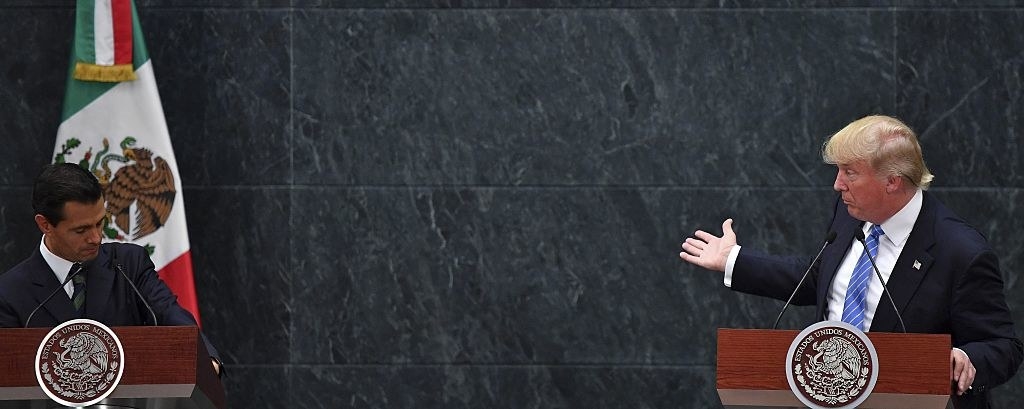
It’s also a proposal no one wants to pay for, particularly Mexico, where former and current politicians have vowed not to spend one peso on the project. A Mexican senator has proposed legislation that would prevent the country from using public funds to pay for the wall. And on Wednesday, Mexican President Enrique Peña Nieto reiterated that while Mexico planned to invest in more border security, it would not pay for a wall.
One of his predecessors, former Mexican President Vicente Fox, was more blunt.
“TRUMP, when will you understand that I am not paying for that fucken wall. Be clear with US tax payers,” he tweeted. “They will pay for it.”
To force Mexico’s hand, Trump has threatened to block remittances sent by undocumented immigrants. It’s unknown how much money that group sends home, but according to Reuters, the overall amount sent to Mexico was estimated to hit a record $27 billion in 2016.
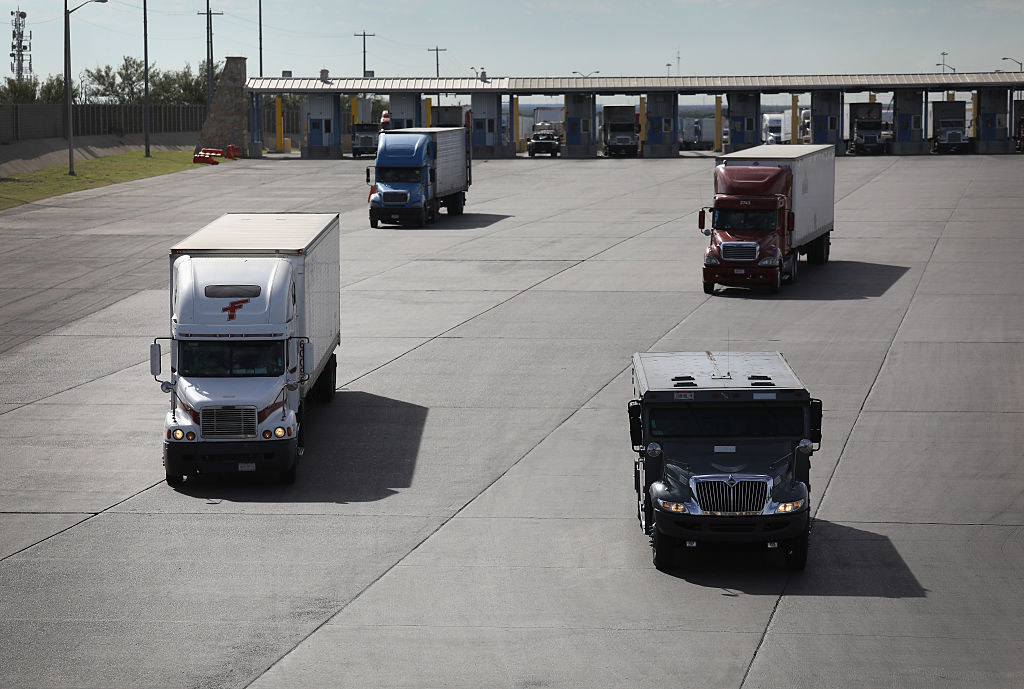
And speaking to CNN this week, Rep. Chris Collins of New York, a liaison for Trump’s transition team on Capitol Hill, said it would be in Mexico’s best interests to reimburse the US.
"When you understand that Mexico's economy is dependent upon US consumers, Donald Trump has all the cards he needs to play," Collins said on CNN's New Day. "On the trade negotiation side, I don't think it's that difficult for Donald Trump to convince Mexico that it's in their best interest to reimburse us for building the wall."
But the US is also dependent on Mexico, and any trade or economic arm-twisting will almost surely be felt at home, said Christopher Wilson, deputy director of the Mexico Institute at the Woodrow Wilson International Center for Scholars.
First, singling out remittances from undocumented immigrants could be unconstitutional, but applying it to all remittances would affect the global market.
It’s possible for the US to increase taxes on trade between Mexico to pay for the wall, Wilson said, but Mexican officials have leverage of their own. For starters, Mexico is the second largest buyer of US exports, so sparking a tit-for-tat trade fight would be damaging domestically.

Mexico has also been detaining and deporting thousands of Central American migrants before they even make it to the US border. But Mexican officials could threaten to stop doing so, leading to a larger humanitarian crisis. Conversely, they could take a carrot-rather-than-stick approach and offer to beef up their own border security.
The US also relies on Mexico to stop potential terrorists from crossing the border, and the country is more than willing to help capture and extradite fugitives, Wilson said.

But in the end, with every action Mexico might take, there would be consequences at home, too, he added.
“Mexico actually has significant leverage, but most of the type of leverage it could exert would hurt itself as well,” Wilson said. “That’s sort of the nature of being so economically interconnected as Mexico and the United States are. When you try to do something to the US, you end up hurting yourself in the process.”
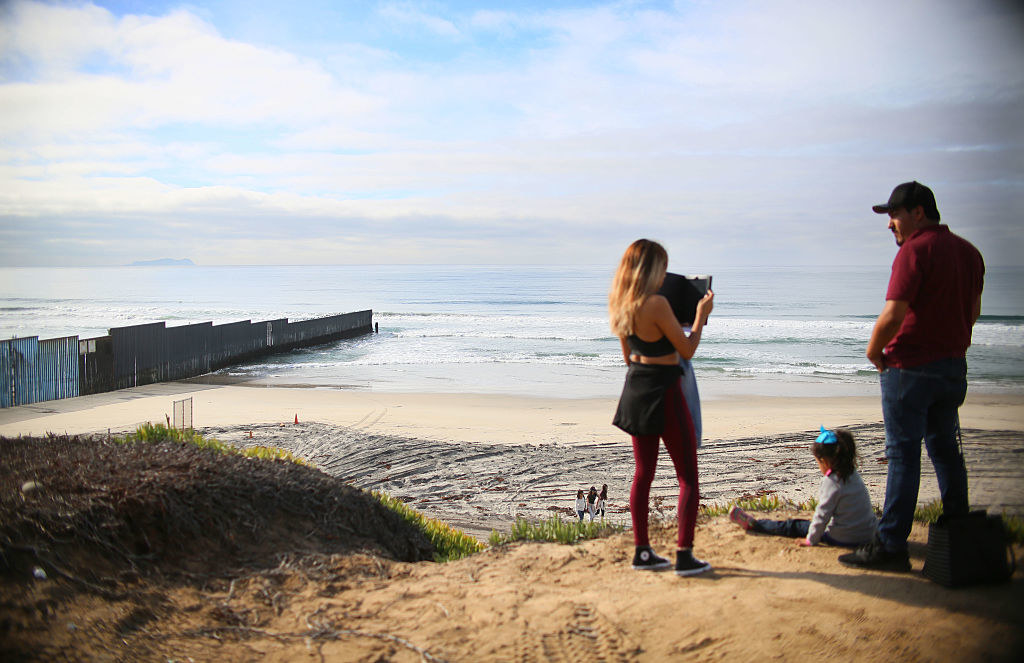
Ultimately, Wilson believes the US will build additional fencing on the border and have Congress pay for it. Then the US will increase taxes on Mexico or reach a trade agreement in which reimbursement payments are made over time.
“We’ll likely see the Trump administration claim victory. What the terms of that victory are is what remains to be seen,” Wilson said. “The Trump administration will say Mexico paid for part of the fence. Will Mexico agree that they paid for it? Probably not. At the end of the day, the most likely outcome is the Trump administration says Mexico paid for it, and Mexico says the Trump administration paid for it.”
